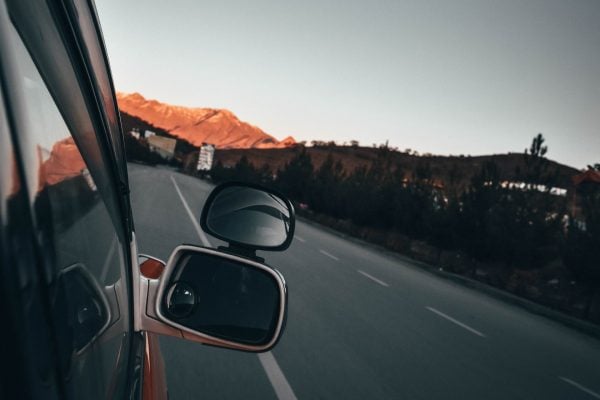There is no law preventing a deaf driver from driving a private motor car or motorbike in New Zealand. However, deaf drivers may want to consider additional features to help them, where possible:
Additional mirrors – these can be set to cover blind spots that a normal mirror setup would have. The recommended minimum is to have two side mirrors and good visibility out of the rear mirror, but a panoramic mirror rear-view mirror and convex side mirrors provide much better visibility. An additional mirror so that the driver can see the face of the passenger will enable them to communicate more effectively without turning their head towards the passenger.

Blind spot monitoring – this technology warns a driver if there is another road user alongside or just behind and to the side of the vehicle by flashing a light in the wing mirror or on the A pillar
A reversing camera rather than simply audible reversing sensors
There are special devices which alert deaf drivers when emergency vehicle sirens are nearby. Car horns can also be detected.
Some manufacturers, such as Hyundai, are developing systems which help hearing-impaired drivers.
Deaf people tend to have improved peripheral vision and, as vision is the primary sense used for driving, this can give deaf drivers an advantage over drivers who can hear.
Talk to an audiologist if you are worried about your hearing and how it might impact your driving.
Driving a commercial heavy vehicle with a hearing impairment
Drivers can drive class 2 to class 5 vehicles, typically with no restrictions. However, if a driver has a P, V, I or O endorsement they must have a hearing standard or no less than 40dBA in the better ear. Some exceptions are made by NZTA but, in general, this means that deaf drivers cannot drive a taxi.
Extra care should be taken for drivers that want to drive a heavy vehicle around dangerous machinery such as forklifts, cranes and earthmoving equipment. These tend to have audible warning signals.

NZTA explains its testing procedure:
Testing for 40dBA in better ear
“P, V, I or O endorsement holders should pass a ‘three-metre’ hearing test or have a threshold greater than 40dBA. This test requires that a person can hear each word spoken in a normal conversational voice at a distance of three metres. Failure of this simple screening test requires formal audiometric hearing tests to be carried out with pure tone air conduction audiometry. Such an assessment should follow the procedures laid down by the Australian National Acoustic Laboratory, where the standard is an average hearing threshold of no less than 40dBA in the better ear, measured across the lower frequencies of 500, 1000, 2000 and 3000 Hz.”

